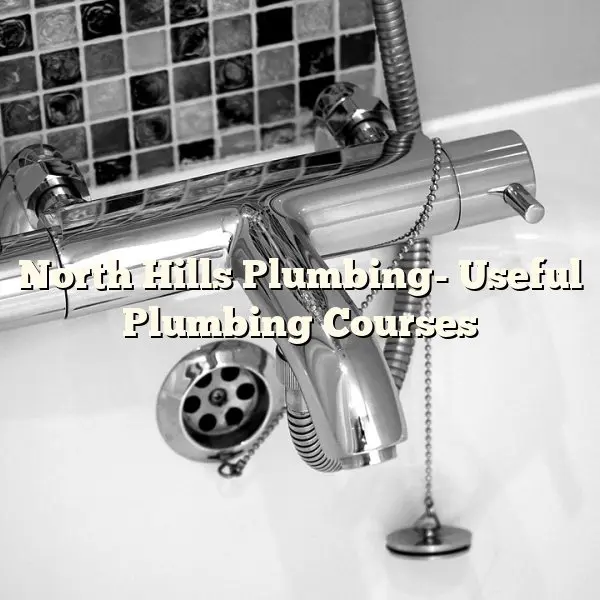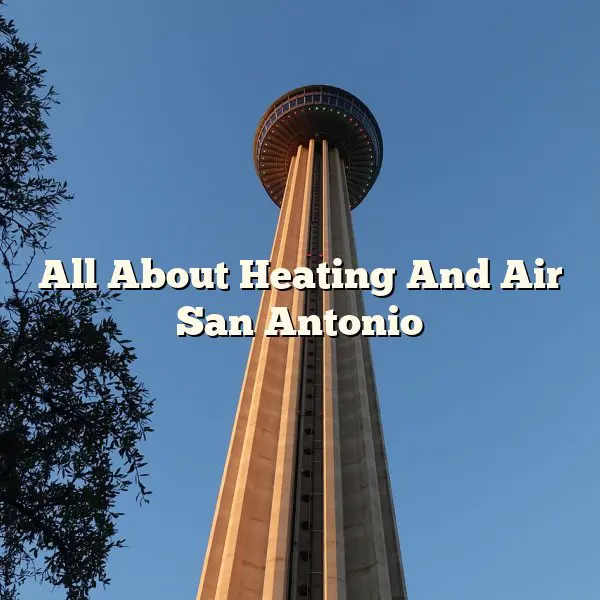Surface level heliports are those for helicopters and are located on the ground. They are characterized by usage of large space. The typical heliport has various helipads. These are the areas that are smooth and flat and are devoted to landing and taking off of helicopters. They are normally located near conventional airports but are in lesser-used areas. Helipad lighting is very important and consists of various forms of lights.
When pilots have difficulties identifying the pilot, beacon lights are used. Beacons are provided in the event that long range visual guidance is deemed necessary. These lights are meant to be located close to the helipad, specifically at elevated locations to ensure pilots are not dazzled at close range. The lights produce equally spaced white flashes. These flashes are normally in the format of letter H of the Morse code.
Beacon lights show at all angles of azimuth, with the intensity being greater than 2500 Cd. The brilliancy control setting should be 3, 10 and 100 percent. Floodlights in helipads are for the illumination of touch down and the area of lift off. These lights are so located as to avoid glare to pilots or the personnel working around the area. The horizontal luminance should be averagely 10 lux. Floodlights also help in illumination of obstacles. Floodlights for obstacles should have a luminance of at least 10cd/m2.
The final approach and takeoff area, FATO, should be very well lit as well. FATO lights are placed at the edge of the FATO. These lights are supposed to be white, steady and omnidirectional. The intensity should be a minimum of 100 candelas. The setting of brilliancy control is 10, 30 and 100 percent. These lights are placed on the edges of the area at uniform spacing.
The edges of the TLOF are lit with TLOF lights. TLOF stands for touchdown and lift-off area. These lights are steady, omnidirectional and have intensity that exceeds 30 candelas. Ideally, they are placed at the TLOF edges within a distance of 1.5m off the edge. For surface-level heliports, the lighting is placed uniformly at intervals that do not exceed 5m. The lights that are rectangular should be 12 and the circular ones 14.
The direction of approach is displayed using approaching lights. These are placed on a straight line on the preferred direction. They are supposed to be steady and omnidirectional. They should be flashing in case the helipad cannot be easily identified because of lots of light around.
Aiming point lights are used to approach a specific point prior to proceeding to TLOF. They are supposed to be white, steady, omnidirectional and with intensity more than 100 candelas. Just like the other lighting systems, the brilliancy control setting should be 100, 30 and 10 percent.
Windsock lighting is used to display the windsock and thus direction of wind. A helipad should have at least one indicator of wind direction. Illumination is mandatory for the one used at night.
Our official website shows a big selection of helipad lighting at lower prices. Visit the updated page right now on http://www.downingheliport.com and see how much you can save today!


